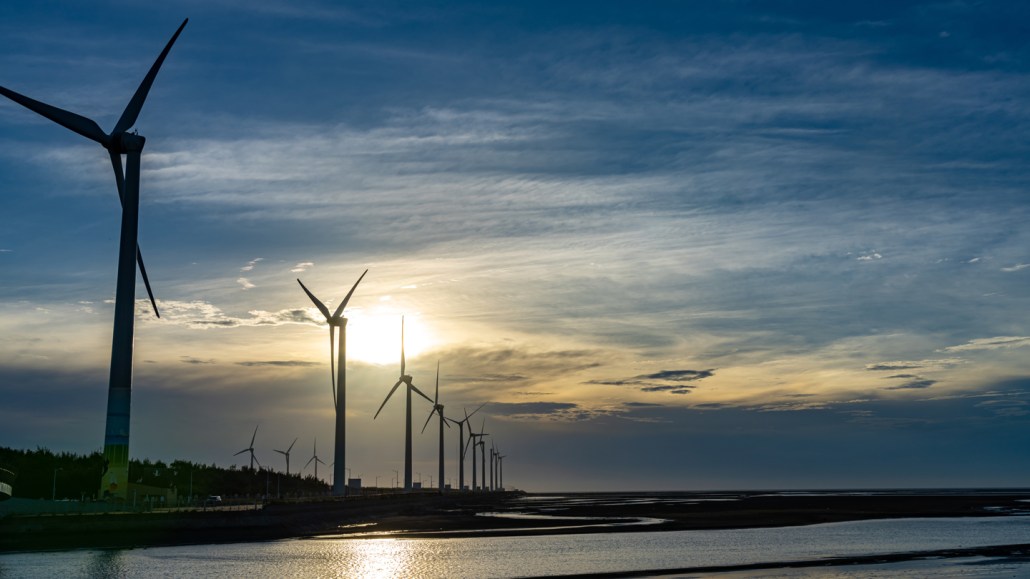
Windbreaks could help wind farms pump out more power. Low walls in front of turbines, like these in Taiwan, could speed up gusts at the height of the turbine, computer simulations suggest.
CHENG FENG CHIANG/iStock/Getty Images Plus

Windbreaks could help wind farms pump out more power. Low walls in front of turbines, like these in Taiwan, could speed up gusts at the height of the turbine, computer simulations suggest.
CHENG FENG CHIANG/iStock/Getty Images Plus